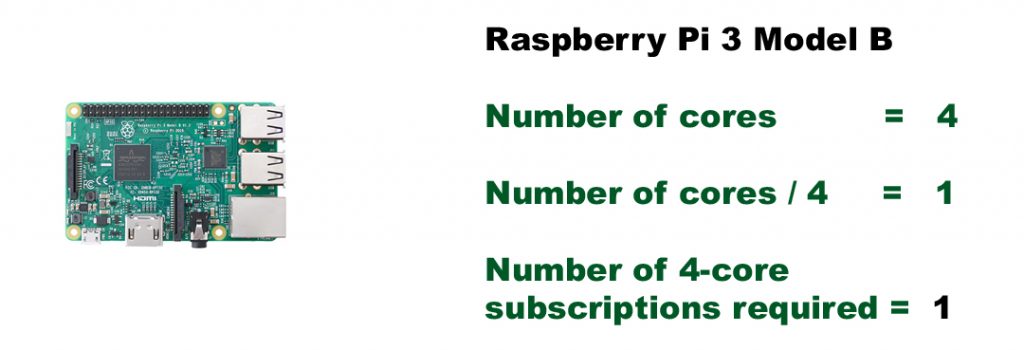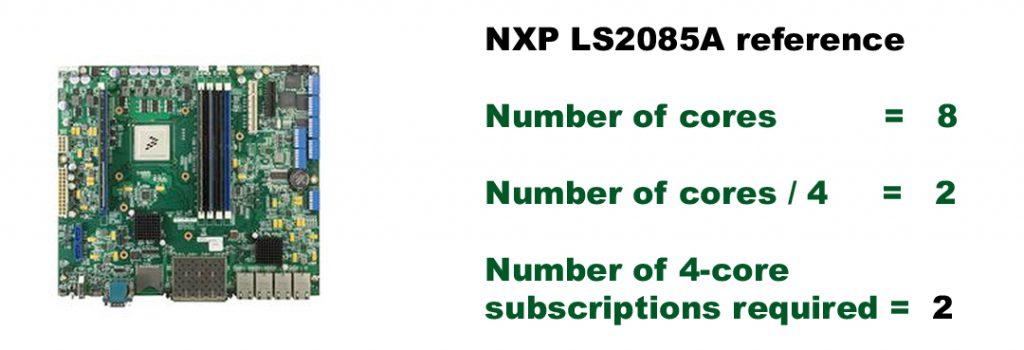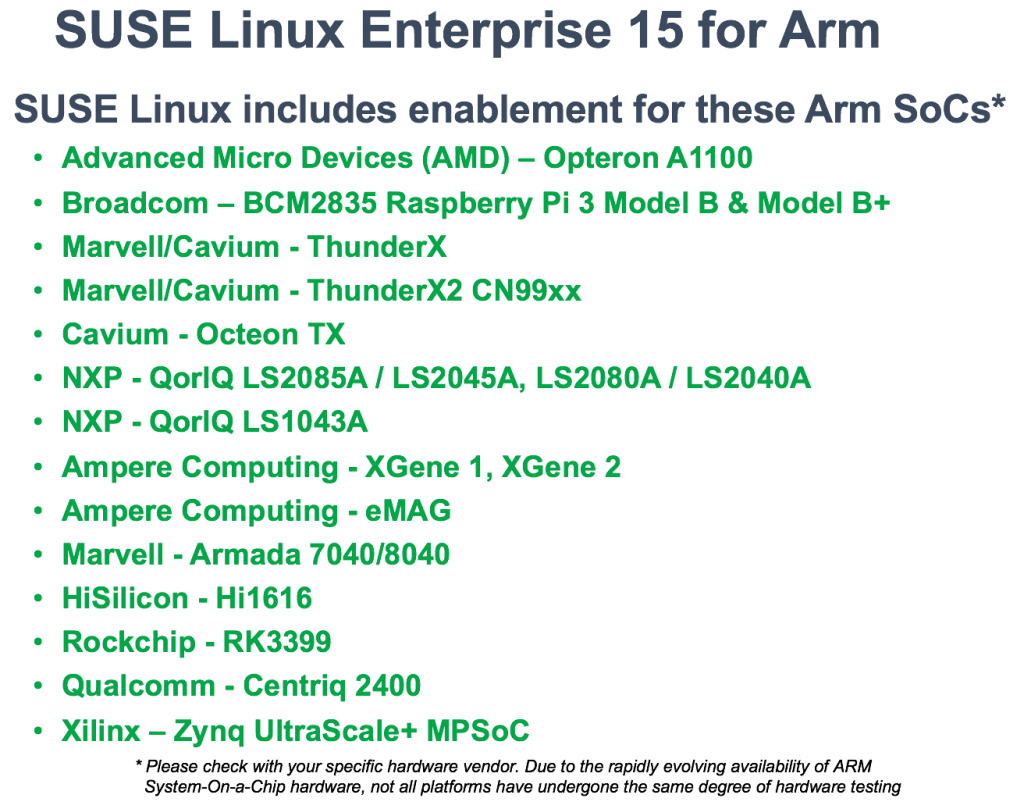SUSE Linux for Arm is now available for all customers

SUSE Arm products available to all
Subscriptions for SUSE Linux Enterprise Server for Arm and SUSE Manager Lifecycle for Arm are now available directly to customers through the Corporate price list or through the SUSE Shop https://www.suse.com/shop/
Previously, SUSE subscriptions for the Arm hardware platforms were only available to SUSE Partners due to the relative immaturity of the Arm server platform. Now that we have delivered four releases of SUSE Linux Enterprise Server for Arm and have customers running SUSE Linux on Arm servers as diverse as the tiny Raspberry Pi and the high performance HPE Apollo 70 servers, we are now ready to sell subscriptions directly to customers.
Diversity of Arm: An Advantage and Challenge
As you can see from the chart below, SUSE has enabled a number of different Arm System-On-a-Chip (SOC) processors. One of the major advantages of the Arm platform compared to other platforms is the huge diversity of processors and processor features.
Each Arm licensee has great freedom to create their own System-On-a-Chip (SoC) engineered with the I/O, memory bandwidth, and number of processor cores needed for a specific workload. The number of processor cores varies from 1 processor to 48 processors per core. A single Arm SoC can have multiple varieties, such as the Marvel OcteonTX that is available in with 1 to 24 cores.
Beyond socket-based pricing
The ability to create Arm SoCs with just the right I/O and number of processor cores needed for a particular workload is one of the largest advantages of the Arm platform, but it is also a pricing challenge for software vendors such as SUSE.
Software pricing should:
- Reflect the value the customer receives from the software
- Be as simple and easy to understand as possible
Both goals are essential, but sometimes difficult to achieve. For example, the value of a high availability solution that reduces system outages might be much more valuable to an airline than it would be to a small retail shop due to the difference in the number of people and revenue affected by an outage.
Software vendors have traditionally priced software based on the amount of processing capability available to the application (or Operating System). The underlying concept is that the more capacity, the higher the value, and therefore the higher the price.
For example, on a UNIX hardware platform such as IBM Power, IBM software cost is based on the number of processor cores and the relative performance of each core-something IBM calls the Processor Value Unit (PVU). Oracle has a similar approach called the Core Factor. The underlying concept is simple: the bigger the system, the greater the value to the customer and thus, the more expensive the software. Unfortunately, both of these approaches are relatively complex.
By contrast, software pricing in the commodity Linux server market has traditionally used a much simpler measure of capacity: processor sockets. The more sockets in a server, the higher the software costs. Most SUSE software subscriptions are based on increments of 1-2 sockets of processing capacity. For example, subscriptions for SUSE Linux Enterprise Server on X86 servers have a U.S. list price of $799 per socket pair. If you have a four-socket server, then you would need two 1-2 socket subscriptions for a total list price of $1,598.
The traditional socket-based pricing goes back many years, when each socket might have only a single processor core. Although this pricing model is very simple, it doesn’t fit well to the diversity of systems based on Arm SoCs where a single socket can hold a single, low performance Arm core or 48 (or more) high performance cores.
Hybrid pricing for SUSE products on Arm
SUSE needed a pricing approach for SUSE Linux and other products for the Arm platform that could be used for very small systems such as the Raspberry Pi and for huge systems such as the HPE Apollo 70. The pricing approach also needed to be simple to understand. Ultimately, we decided to use a model that has core-based pricing for lower end Arm hardware and socket-based pricing for everything else.
The new pricing for SUSE Linux Enterprise for Arm is tied to the number of processor cores in a server. Servers with less than 16 cores are priced based on the number of groups of 4 processor cores. Each group of 4 cores, up to 15 cores, requires a 4-core group subscription that is stackable to a maximum 4 subscriptions. The number of cores is rounded up to the nearest group of 4 cores, therefore a server with 10 cores would require three 4-core group subscriptions.
Servers with 16 or more cores use the traditional 1-2 socket-based pricing.
This hybrid pricing model applies to SUSE products for Arm that have traditionally used socket-based pricing, such as the SUSE Linux Enterprise Server (SLES) for Arm and SUSE Manager Lifecycle. Other SUSE products such as SUSE Enterprise Storage uses server-based pricing and do not use this hybrid pricing.
Hybrid pricing examples for SUSE products on Arm
Raspberry Pi 3 Model B
The Raspberry Pi 3 Model B has 4 Broadcom processor cores. Because the total number of cores in the server is less than 16 cores, you use the 4-core group-based pricing.

NXP LS2085A
Systems based on the NXP LS2085A have 8 processor cores. Because the total number of cores in the server is less than 16 cores, you use the 4-core group-based pricing.

Marvell OcteonTX
Systems based on the Marvell Octeon TX can have from 1 to 24 processor cores. In this example, we use a 14 core Octeon TX processor. Because the total number of cores in this server is less than 16 cores, you use the 4-core group-based pricing. This example also demonstrates how the number of cores is rounded up to the nearest integer multiple of 4.

HPE Apollo 70
The HPE Apollo 70 is based on the Marvell ThunderX2 which can have from 16-32 processors per socket. In this example we use an HPE Apollo 70 dual socket server with 32 processor cores per socket for a total of 64 cores in this system. Because the server is greater than 15 cores, you use the 1-2 socket pricing.

Summary
The diversity of the Arm server platform requires a more sophisticated pricing model than the simplistic socket-based approach. The new hybrid pricing model strikes a balance by using a core-based approach for smaller systems while retaining the traditional socket-based approach for larger servers.
Related Articles
Sep 21st, 2022
3 Reasons to Migrate to SUSE Manager 4.3
Jul 06th, 2023
AWS Summit New York & Sao Paulo!
Apr 29th, 2022

Comments
[…] immaturity of the ARM server platform,” Jay Kruemcke, a senior product manager at SUSE, wrote in a blog post announcing the […]
[…] immaturity of the ARM server platform," Jay Kruemcke, a senior product manager at SUSE, wrote in a blog post announcing the […]
[…] immaturity of the ARM server platform,” Jay Kruemcke, a senior product manager at SUSE, wrote in a blog post announcing the […]
[…] immaturity of the ARM server platform,” Jay Kruemcke, a senior product manager at SUSE, wrote in a blog post announcing the […]